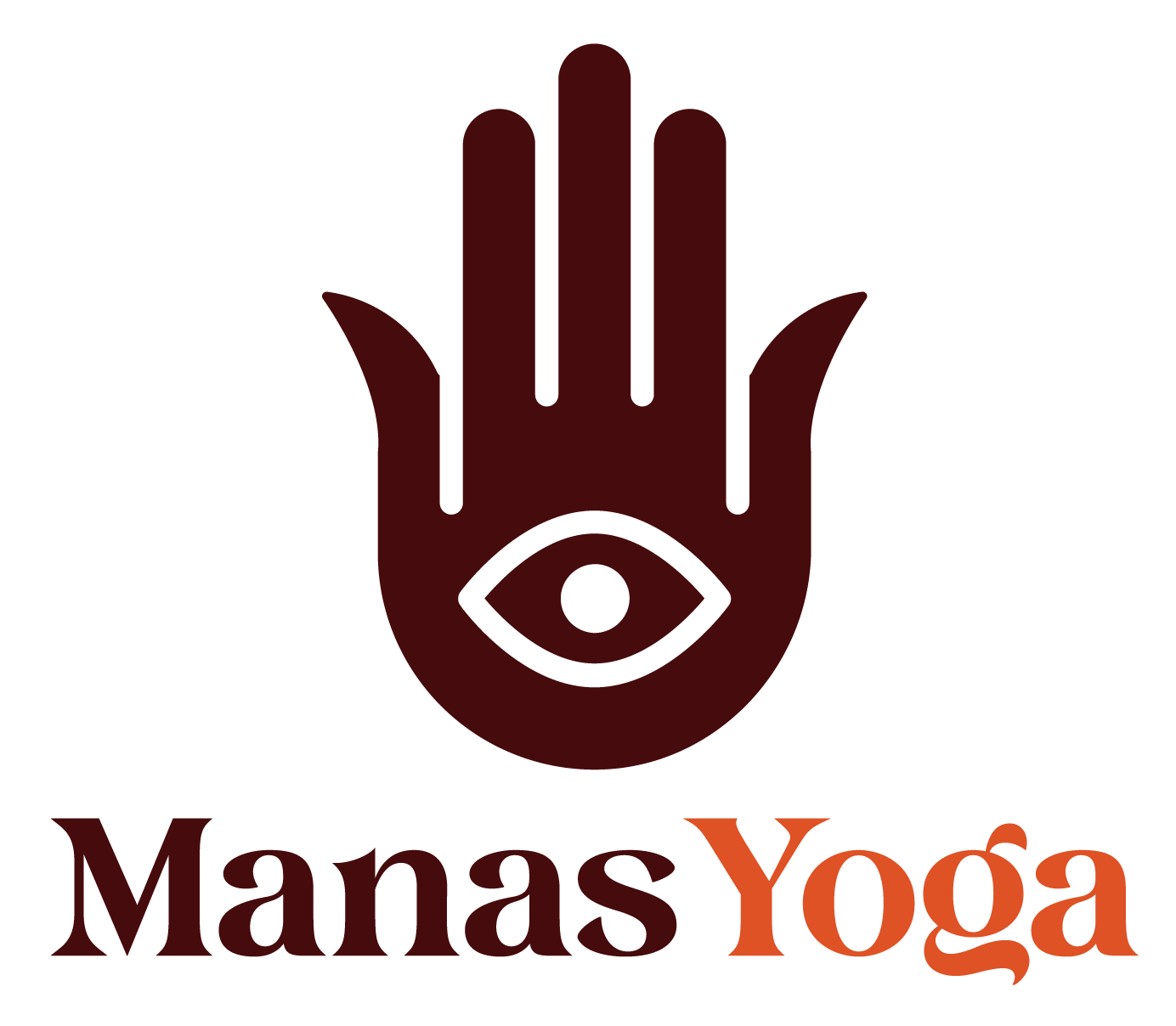The Unseen Weight: Living with Modern Racism
The Unseen Weight: Living with Modern Racism
“Wow, you speak so well!” The words always come with a smile, wrapped in the guise of a compliment, yet they carry an unspoken assumption that articulate speech is somehow unexpected from someone who looks like me. This seemingly innocent remark exemplifies the subtle racism that millions face every day across the globe.
These moments accumulate like quiet snowfall, each flake seemingly harmless until you realize you’re buried beneath their weight. People reach out to touch your hair without permission, calling it “exotic.” They exclaim about your skin tone, saying they wish they had it, while simultaneously supporting systems that discriminate against it. Each interaction strips away another piece of your humanity, reducing you to a collection of fascinating features rather than a complete person.
Racism’s reach extends far beyond any single country or culture. Whether it manifests as colorism in Asian societies, anti-Indigenous discrimination in the Americas, Islamophobia in Europe, or anti-Black racism in the United States, these systems of oppression share striking similarities in how they operate and impact lives.
The architecture of racism stands invisible yet sturdy, like steel beams inside a building’s walls. It determines who receives job interviews, which neighborhoods have quality schools, how medical professionals assess pain, and even which cultural practices are deemed “professional.” Its presence is felt everywhere, yet its structure remains frustratingly difficult to point out to those who benefit from it.
Microaggressions: Death by a Thousand Cuts
Microaggressions serve as racism’s daily reminder system. When someone asks, “Where are you really from?” or exclaims, “Your English is so good!” they’re unknowingly reinforcing the idea that you don’t belong. These small cuts accumulate, creating deep psychological wounds that never fully heal. The constant stress of navigating these interactions manifests in physical symptoms, mental exhaustion, and a perpetual state of vigilance.
Those who benefit from this system often have the luxury of not seeing it at all. They walk through life unaware of the colleague constantly interrupted in meetings, the qualified candidates screened out by their “foreign-sounding” names, or the “random” security checks that somehow always target certain groups. Their blindness to these realities becomes another form of privilege.
The Professional Maze
The professional world adds its own complex layer to this dynamic. Here, racism dons business attire and speaks in coded language. You might find yourself mistaken for janitorial staff despite your suit, or watch your ignored ideas receive praise when repeated by a white colleague. The suggestion to “tone down” your cultural expression comes wrapped in concerns about “professional appearance,” while being labeled “intimidating” for displaying the same confidence admired in others.
Blonde Politics
Beauty standards become another battlefield, particularly around hair. The glorification of blonde hair as an ideal beauty standard extends beyond mere preference – it’s a powerful system that devalues natural features of people of color while creating immense pressure to conform to European ideals. This pressure manifests globally, feeding a billion-dollar bleaching industry and influencing everything from job opportunities to social acceptance.
When Your Reality Is Questioned
Perhaps most frustrating is having your reality constantly questioned. When you point out racism, people often respond with doubt: “Are you sure that’s what they meant?” or “I didn’t see anything racist happen.” This gaslighting forces you to question your own experiences, adding another layer of psychological burden to an already heavy load.
Moving Forward
Creating change requires acknowledging these realities without becoming paralyzed by guilt or shame. It demands recognizing that racism isn’t limited to obvious acts of hatred – it lives in subtle assumptions, unexamined biases, and systemic barriers that shape daily life. Real progress comes from understanding how these systems operate and actively working to dismantle them.
The path forward requires both personal reflection and collective action. We must challenge beauty standards that exclude natural features, question professional norms rooted in bias, and create spaces where everyone can live with dignity. Most importantly, we must listen to and believe those who experience racism, understanding that their reality is valid even when we cannot see it ourselves.
Building a Better Future
The journey toward racial equity requires honesty, courage, and persistence. It means questioning why certain features are considered more “professional” or “beautiful.” It means supporting diverse representation in media and advertising, celebrating natural hair colors and textures, and pushing back against the marketing of blonde hair as an “ideal.” Most importantly, it means creating spaces where everyone can live with dignity and respect, regardless of their appearance or background.
This work isn’t about guilt or shame – it’s about awareness and action. It’s about recognizing that racism isn’t just burning crosses and explicit slurs; it’s also the subtle assumptions, the unexamined biases, and the systemic barriers that shape our daily lives. By acknowledging these realities and working to change them, we can begin to build a more equitable world for everyone.
